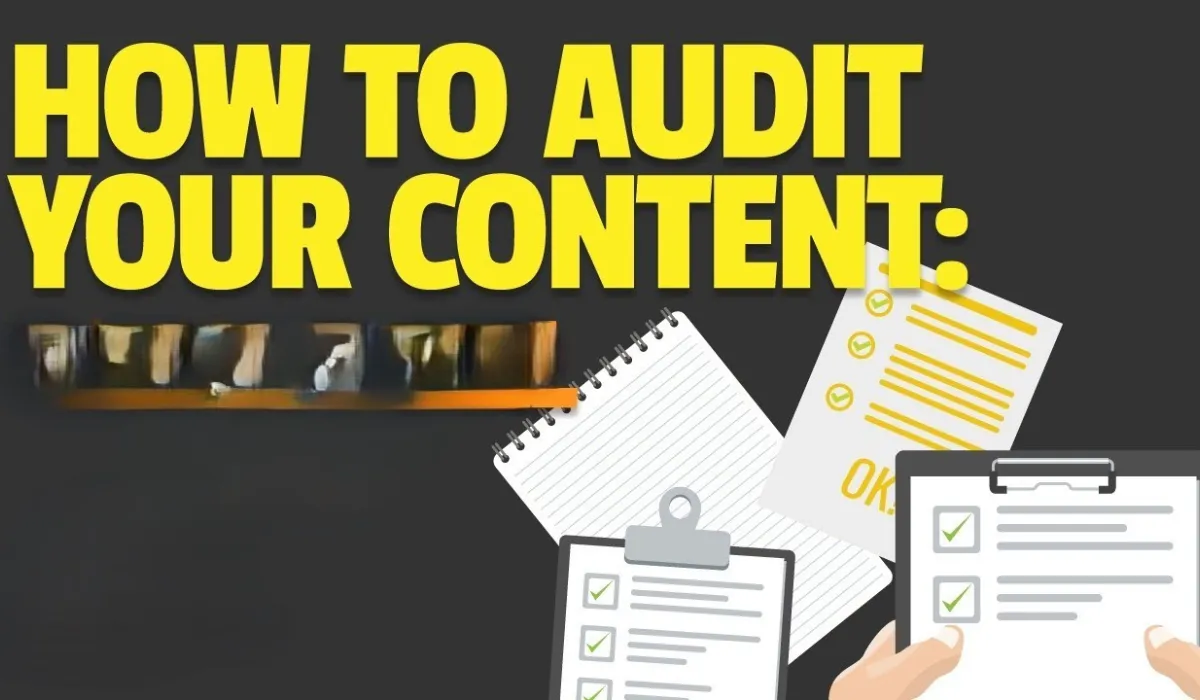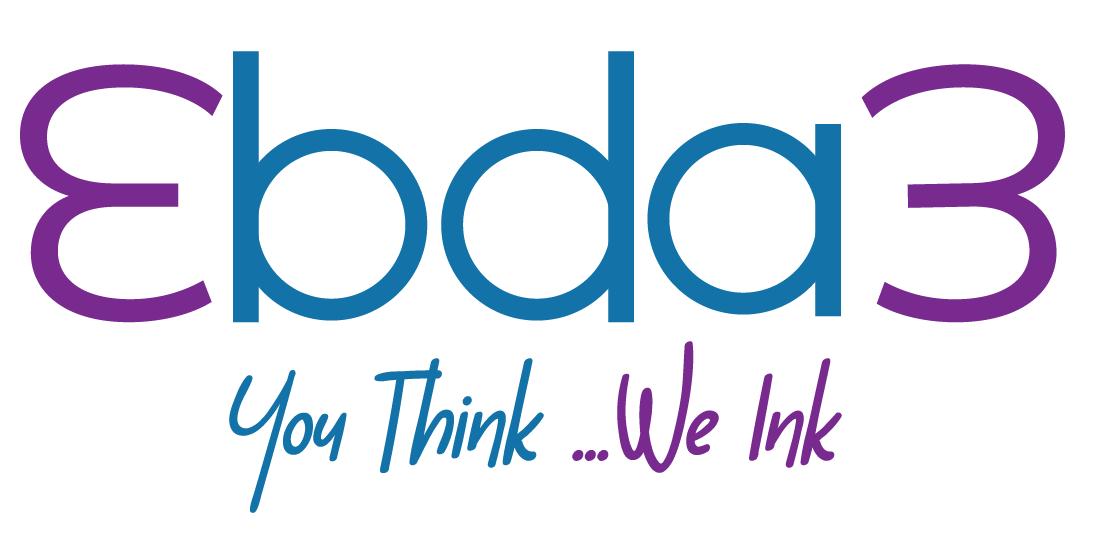How to Conduct a Comprehensive Content Audit for Your Business

A content audit is a crucial process for any business looking to evaluate and optimize its existing content assets. It helps in identifying what content is performing well, what needs improvement, and what should be removed or repurposed. Here is a step-by-step guide to conducting a comprehensive content audit:
Step 1: Define Your Goals
Before starting the audit, it’s essential to define the objectives. Determine what you want to achieve, such as improving SEO, increasing engagement, aligning content with current business goals, or identifying gaps in content.
Step 2: Create a Content Inventory
Collect all the content assets you have. This includes blog posts, articles, videos, infographics, whitepapers, social media posts, and more. Use a content inventory template or a spreadsheet to log details such as title, URL, format, publication date, author, and relevant metrics (e.g., page views, social shares).
Step 3: Gather Data
Collect data on each piece of content. Key metrics to consider include:
- SEO Metrics: Page views, bounce rate, time on page, backlinks, and search rankings.
- Engagement Metrics: Social shares, comments, likes, and other forms of user interaction.
- Conversion Metrics: Leads generated, sales, or other conversion goals.
Use tools like Google Analytics, SEMrush, Ahrefs, or your social media analytics to gather this data.
Step 4: Evaluate Content Performance
Analyze the data to determine which content pieces are performing well and which are not. Look for patterns and insights that can inform your strategy. Consider:
- High-performing Content: Identify why these pieces are successful. Is it the topic, format, length, or promotion strategy?
- Low-performing Content: Determine why these pieces are not performing. Is it due to poor SEO, lack of promotion, outdated information, or low-quality content? Step 5: Assess Content Quality and Relevance
Evaluate the quality and relevance of your content. Check for: - Accuracy: Ensure all information is up-to-date and accurate.
- Consistency: Maintain a consistent voice and style across all content.
- Relevance: Make sure the content aligns with your current business goals and audience needs. Step 6: Identify Gaps and Opportunities
Look for gaps in your content. Are there important topics or keywords that you haven’t covered? Identify opportunities to create new content or update existing pieces to fill these gaps. Step 7: Develop an Action Plan
Based on your findings, develop an action plan to optimize your content strategy. This may include: - Updating or Refreshing Content: Revise outdated or inaccurate content to improve its performance.
- Repurposing Content: Turn high-performing content into different formats (e.g., blog posts into videos, infographics into social media posts).
- Removing Content: Delete content that is no longer relevant or performing poorly and cannot be improved.
- Creating New Content: Develop new content to address identified gaps and opportunities. Step 8: Implement Changes and Monitor Results
Implement the changes outlined in your action plan. Track the performance of updated content to see if it improves. Continue to monitor your content regularly and adjust your strategy as needed. Step 9: Document the Process
Document the entire audit process, including the criteria used for evaluation, the data collected, and the decisions made. This documentation will be valuable for future audits and ensuring consistency in your content strategy.
Conducting a comprehensive content audit can be time-consuming, but it is essential for maintaining an effective content strategy. By following these steps, you can optimize your existing content, improve SEO, and better align your content efforts with your business goals.





